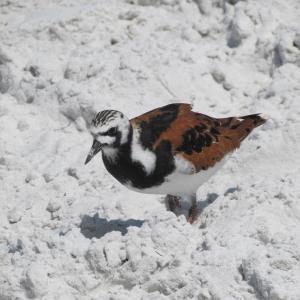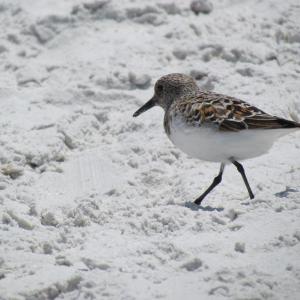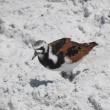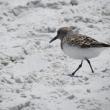Migration a Thousand Miles from Home
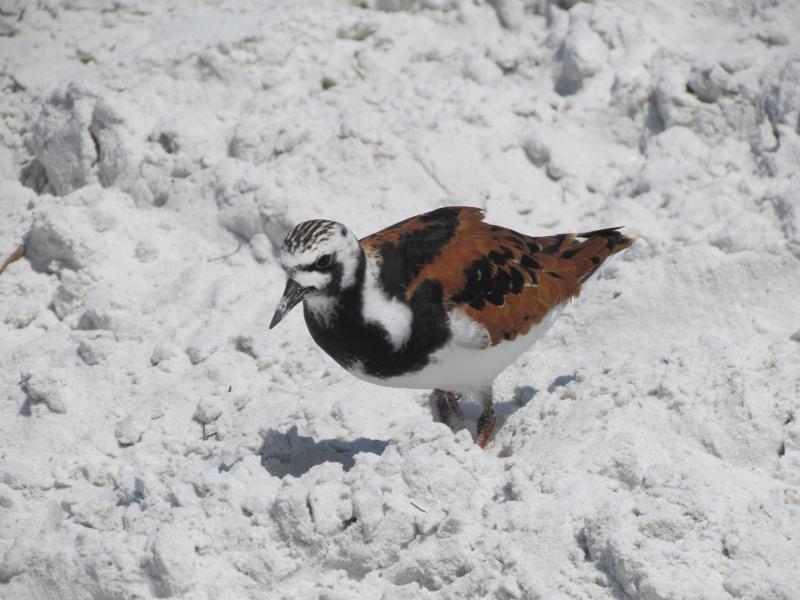 Migrant shorebirds like the ruddy turnstone are still making their way north to their Arctic breeding grounds in May. Jeff Wells photo
Migrant shorebirds like the ruddy turnstone are still making their way north to their Arctic breeding grounds in May. Jeff Wells photo
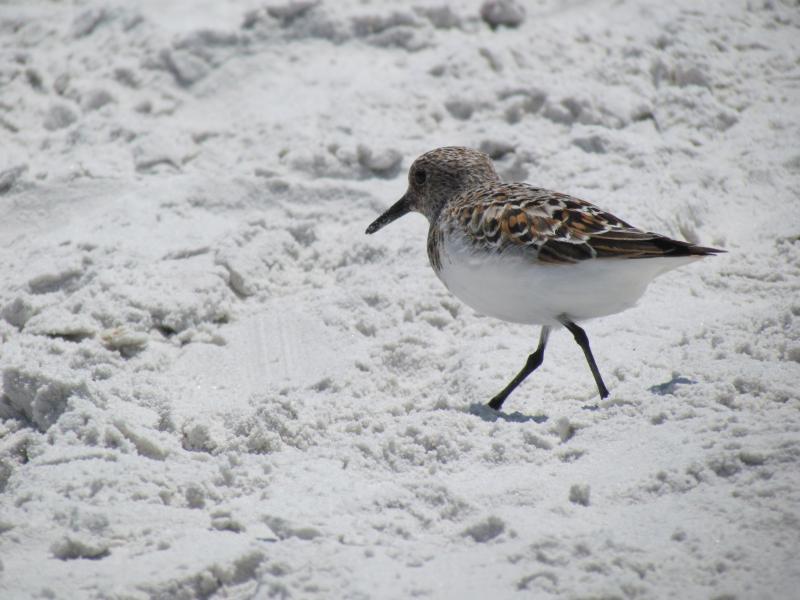 Most of us are used to seeing sanderlings scampering on beaches in their gray non-breeding plumage but their spring breeding plumage is quite striking as you can see here. This one should be headed to the Arctic nesting grounds very soon. Jeff Wells photo
Most of us are used to seeing sanderlings scampering on beaches in their gray non-breeding plumage but their spring breeding plumage is quite striking as you can see here. This one should be headed to the Arctic nesting grounds very soon. Jeff Wells photo
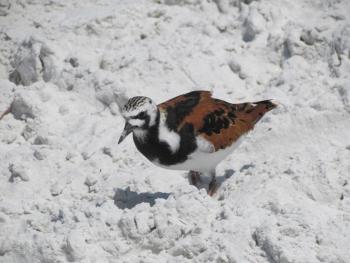 Migrant shorebirds like the ruddy turnstone are still making their way north to their Arctic breeding grounds in May. Jeff Wells photo
Migrant shorebirds like the ruddy turnstone are still making their way north to their Arctic breeding grounds in May. Jeff Wells photo
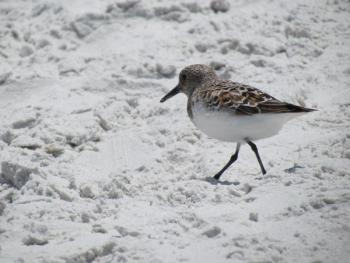 Most of us are used to seeing sanderlings scampering on beaches in their gray non-breeding plumage but their spring breeding plumage is quite striking as you can see here. This one should be headed to the Arctic nesting grounds very soon. Jeff Wells photo
Most of us are used to seeing sanderlings scampering on beaches in their gray non-breeding plumage but their spring breeding plumage is quite striking as you can see here. This one should be headed to the Arctic nesting grounds very soon. Jeff Wells photo
We have had the good fortune to be able to be spending time with family in Central Florida, from where we are writing this column. While many birds are just returning to Maine in mid-May, the bulk of migratory birds have left or passed through down here in Florida, a thousand miles or so to the south of Maine. The greatest number of migrant birds that pass north through Florida on spring migration are the songbirds that winter in the Greater Antilles of the Caribbean—the big islands of Cuba, Hispaniola, Jamaica, and Puerto Rico. That’s where virtually all of the world’s black-throated blue warblers and Bicknell’s thrushes (the latter apparently mostly just on Hispaniola) spend the winter, which means that most of the world’s populations of those two species pass over Florida on their way north to Maine and nearby points.
Lots of palm warblers, yellow-rumped warblers, black-and-white warblers, American redstarts, and some others also winter down into the Greater Antilles so can be seen migrating north through Florida in March and April. We had seen or heard all four of those species before we left Maine last week, and probably many of you have been seeing them over the past week in your backyards as well. We haven’t been seeing any of those species on this May trip to Florida, although we typically do see all of them during visits in April.
We are always fascinated by the bird species that spend winters in Florida but don’t nest here. Almost every yard in Maine right now is serenaded each morning and evening by the loud, sweet caroling of an American robin. When we arrived in Florida, we still had that image in our minds, which made the lack of robins on the abundant green lawns down here seem odd. But robins are only a winter bird in all but the Panhandle region of Florida; most leave the state by March and April. We have not seen or heard a single one here on this May visit.
American goldfinches sometimes come south to Florida for the winter in droves. We remember years past when we saw dozens coming to feeders in Central Florida in February. Their excited chattering and singing would sometimes be almost deafening! By May, there are precious few stragglers left anywhere in Florida. We have not detected even one on this visit.
One species that doesn’t breed any closer to Florida than northern Georgia but regularly winters through the state is the cedar waxwing. Although a few winter even up in Maine, most move south - we had been noticing more showing up in Maine in late April and early May before we left for Florida. Interestingly, we have been regularly seeing flocks of cedar waxwings in Florida during this mid-May visit. A quick look at eBird shows that birders are still seeing them even south into Central America! Apparently, their migration can extend much later into May then we knew.
We’ve seen a handful of other migrants—some sanderlings and ruddy turnstones on a trip to the beach, looking handsome in their breeding season finery—and a common nighthawk that could have been migrating (they also breed in Florida, so it’s hard to be sure). But mostly we’ve just been enjoying some of the resident birds that we don’t get to see in Maine like the elegant swallow-tailed kites, snakey-headed anhingas, loud flocks of black-bellied whistling ducks, and the tiny common ground-doves.
We hope that wherever you are today, you are finding ways to enjoy the birds around you as much as we are!
Jeffrey V. Wells, Ph.D., is a Fellow of the Cornell Lab of Ornithology and Vice President of Boreal Conservation for National Audubon. Dr. Wells is one of the nation's leading bird experts and conservation biologists. He is a coauthor of the seminal “Birds of Maine” book and author of the “Birder’s Conservation Handbook.” His grandfather, the late John Chase, was a columnist for the Boothbay Register for many years. Allison Childs Wells, formerly of the Cornell Lab of Ornithology, is a senior director at the Natural Resources Council of Maine, a nonprofit membership organization working statewide to protect the nature of Maine. Both are widely published natural history writers and are the authors of the popular books, “Maine’s Favorite Birds” (Tilbury House) and “Birds of Aruba, Bonaire, and Curaçao: A Site and Field Guide,” (Cornell University Press).

